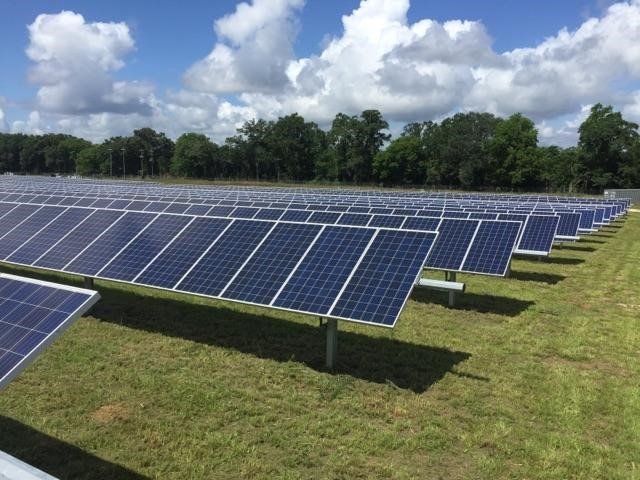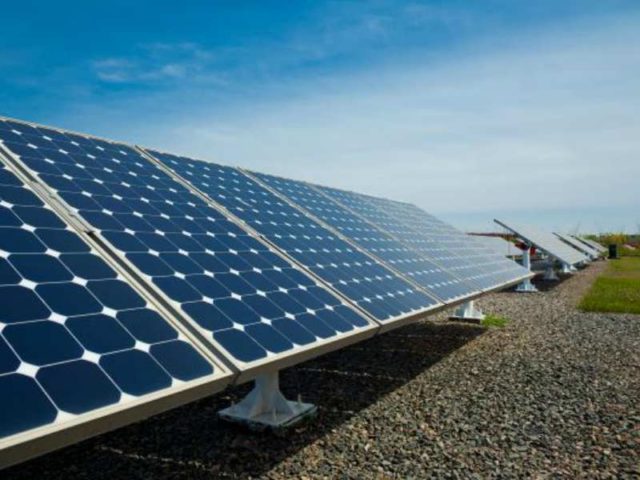As the world grapples with the urgent need to transition to cleaner and more sustainable energy sources, geothermal energy has emerged as a promising solution. Unlike fossil fuels, geothermal energy is a renewable resource that can provide a consistent and reliable heat source without contributing to greenhouse gas emissions. In this blog post, we will delve into the fascinating world of geothermal energy, exploring its origins, benefits, applications, and potential to shape our sustainable future.
Harnessing Earth’s Inner Heat
Geothermal energy taps into the Earth’s internal heat, which originates from the slow decay of radioactive isotopes in the planet’s core. This heat continually flows towards the surface, creating a virtually endless supply of energy. The most accessible sources of geothermal energy are found in areas with active tectonic plate boundaries, such as the Pacific Ring of Fire. These regions experience volcanic activity, which leads to the presence of underground reservoirs of hot water and steam.
Benefits of Geothermal Energy
One of the most compelling advantages of geothermal energy is its environmental friendliness. Unlike fossil fuels, geothermal power generation produces minimal greenhouse gas emissions, making it a key player in the fight against climate change. Additionally, geothermal power plants have a small physical footprint compared to other renewable sources like solar or wind, making them an excellent fit for areas with limited space.
Geothermal energy is also incredibly reliable. Unlike solar and wind, which are dependent on weather conditions, geothermal power generation operates 24/7, providing a consistent and stable energy source. This stability is particularly valuable for base-load power generation, ensuring a reliable electricity supply even during peak demand periods.
Applications of Geothermal Energy
Geothermal energy has a wide range of applications, including electricity generation, direct heating, and industrial processes. Geothermal power plants typically use steam or hot water from underground reservoirs to turn turbines and generate electricity. The versatility of geothermal energy allows it to be harnessed for various purposes, from providing heat to individual homes and buildings to supporting large-scale industrial operations.
In direct heating applications, geothermal energy can be used for district heating systems that supply heat to residential and commercial areas. Iceland, for example, relies heavily on geothermal energy for space heating, contributing to a significant reduction in fossil fuel consumption and associated emissions.
Environmental and Economic Impact
The adoption of geothermal energy can have substantial positive impacts on both the environment and the economy. By replacing fossil fuels in power generation and heating, geothermal energy helps to reduce air pollution and lower carbon dioxide emissions, contributing to cleaner air and a healthier environment.
Moreover, the geothermal industry can stimulate local economies by creating jobs in various sectors, including construction, operation, and maintenance of geothermal power plants and infrastructure. As governments and industries invest in geothermal development, communities can experience increased economic growth and stability.

Challenges and Future Prospects
While geothermal energy holds immense promise, there are challenges that need to be addressed to fully realize its potential. One significant hurdle is the location-specific nature of geothermal resources. Not all regions have access to viable geothermal reservoirs, limiting the widespread deployment of this technology.
Additionally, initial investment costs for geothermal power plants can be substantial, which might deter some potential investors. However, as technology advances and economies of scale are achieved, these costs are expected to decrease, making geothermal energy more financially viable.
In recent years, research and development efforts have focused on enhanced geothermal systems (EGS), which aim to create artificial reservoirs by injecting water into hot rock formations. EGS technology has the potential to expand geothermal energy production to regions that were previously considered unsuitable, further increasing its accessibility and contribution to a sustainable energy mix. To learn more about exploring geothermal energy, browse around this web-site for further info.
Conclusion
Geothermal energy stands as a beacon of hope in the quest for sustainable and clean energy sources. By harnessing the Earth’s natural heat, we can generate power, provide heating, and drive industrial processes while minimizing our impact on the environment. As technology continues to advance and overcome current challenges, geothermal energy is poised to play a pivotal role in shaping a greener and more sustainable future for generations to come. Through investment, innovation, and collaboration, we have the opportunity to tap into the Earth’s inner heat and unlock the vast potential of geothermal energy.






